Did you know you can make fun science experiments right at your fingertips?
Elementary students love to see science at work through chemical reactions.
White vinegar and baking soda are two safe and reactive ingredients that you probably have on hand. Experimenting with these materials will WOW students of all ages and get them excited to learn about science!
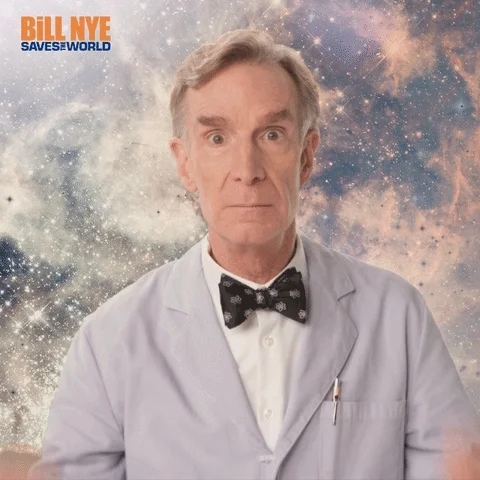
Safety First!
Since mixing baking soda and vinegar will cause a chemical reaction, it’s important to take some basic safety precautions. Some suggestions from The American Chemical Society include:
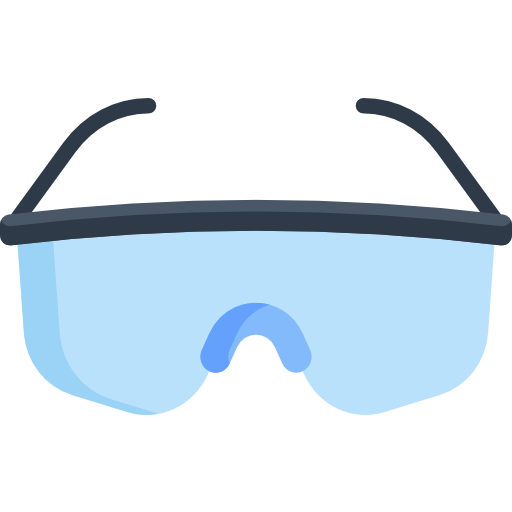
Wearing safety goggles, gloves, or other hand protection
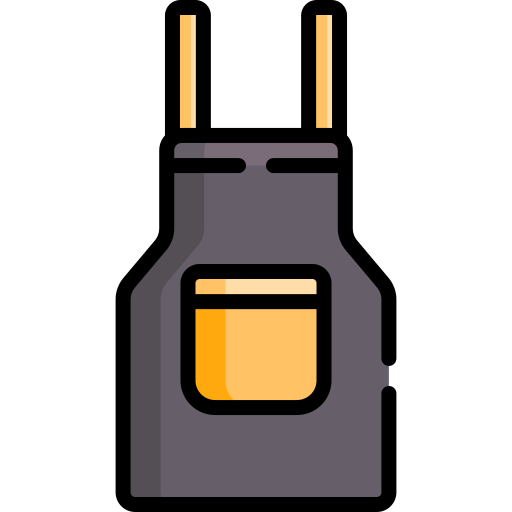
Using an apron or smock to protect clothing, and tie back loose hair
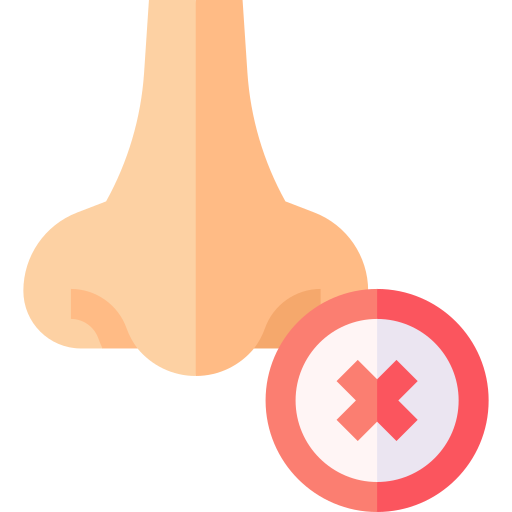
Keeping science materials away from mouths, noses, and eyes
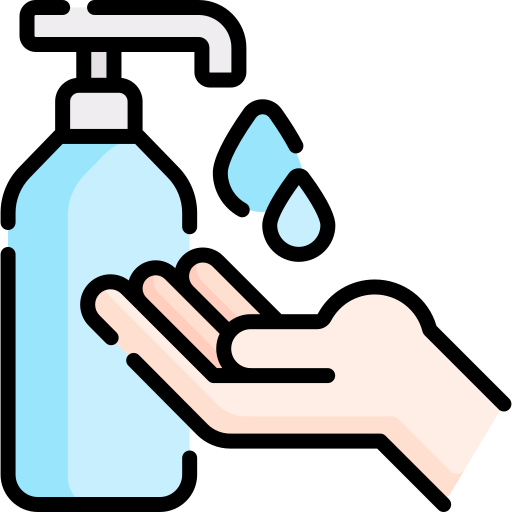
Washing hands after the experiment
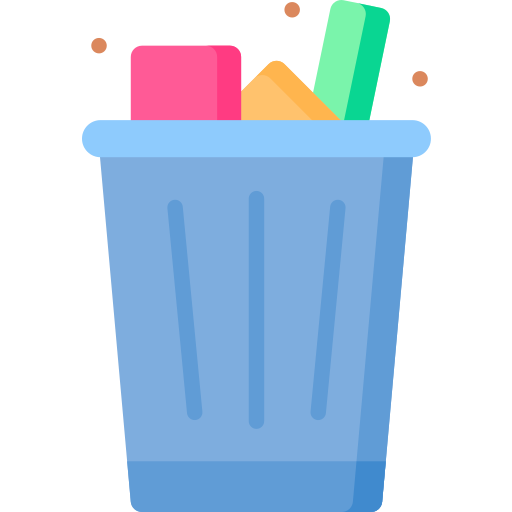
Considering how you will throw away the waste afterward
1. Volcanic Eruption
In this experiment, you'll create a volcanic eruption in your classroom!
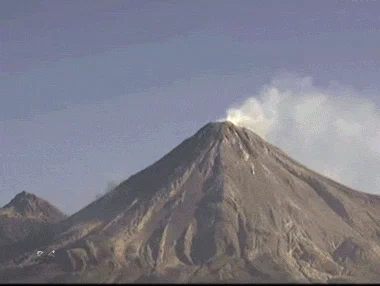
You'll need:
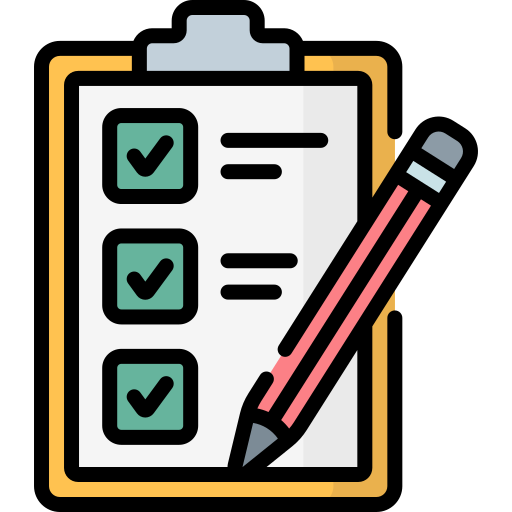
10 ml (about 2 teaspoons) dish soap
100 ml (about 1/2 cup) warm water
400 ml (about 1.5 cups) white vinegar
Food coloring
1 cup
Baking soda mixture (fill the cup 1/2 way with baking soda, top it off with water)
Empty 2-liter soda bottle
Spoon
Let's experiment!
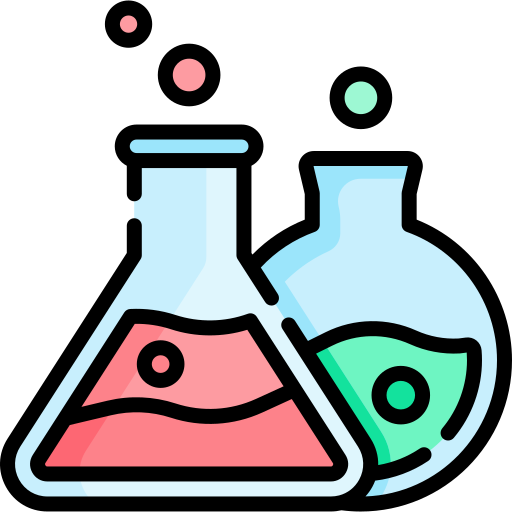
Add the dish soap, water, vinegar, and a few drops of food coloring to the empty 2-liter bottle.
Stir the baking soda in the water until it is dissolved.
Pour the baking soda and water mixture into the bottle and quickly step away!
Observe the reaction!
What will the kids learn?
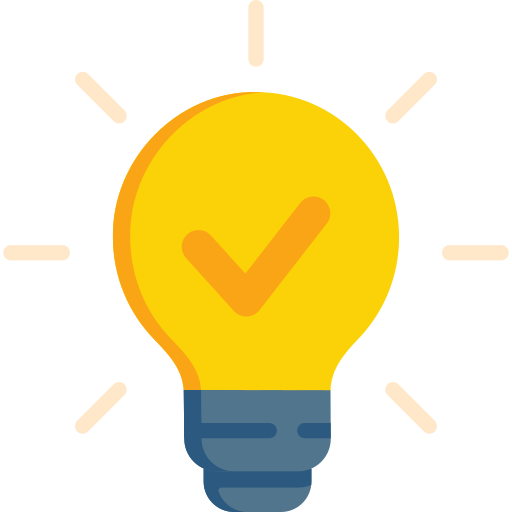 Students will learn the reaction between an acid and a base as the volcano erupts. They'll also practice measurement as they figure out the amount of materials they need.
Students will learn the reaction between an acid and a base as the volcano erupts. They'll also practice measurement as they figure out the amount of materials they need.
2. Dancing Rice
Did you know you can make rice dance?
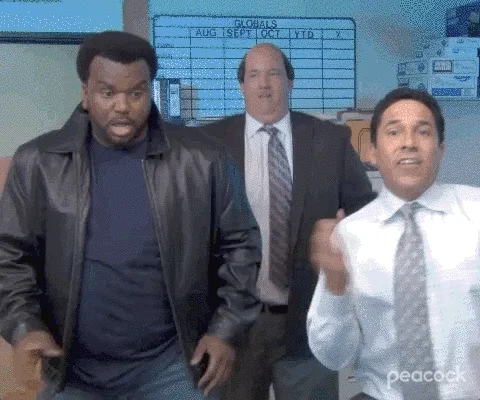
You'll need:

15 ml (about 3 teaspoons) of baking soda
237 ml (about 1 cup) of vinegar
237 ml (about 1 cup) of warm water
Rice (using long-grain, brown rice will achieve better results)
Clear glass/jar
Let's experiment!
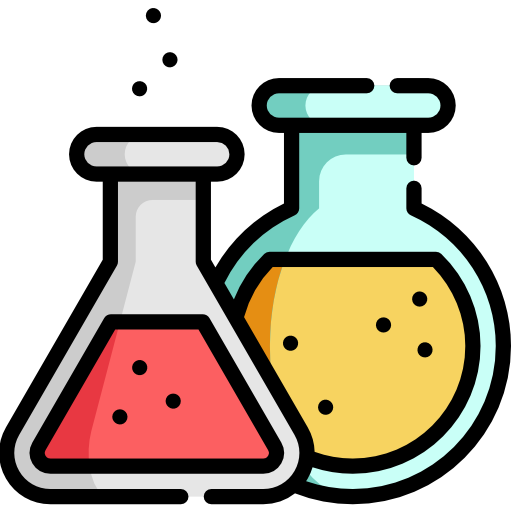
Stir the baking soda into the warm water in the glass/jar.
Add a few grains of rice to the jar.
Pour the vinegar into the jar.
Watch the rice dance!
What will the kids learn?
 They'll build their inquiry skills by making predictions about what will happen to the rice when the vinegar is added to the jar.
They'll build their inquiry skills by making predictions about what will happen to the rice when the vinegar is added to the jar.
3. Balloon Bliss
Tired of blowing up balloons? Try this experiment instead!
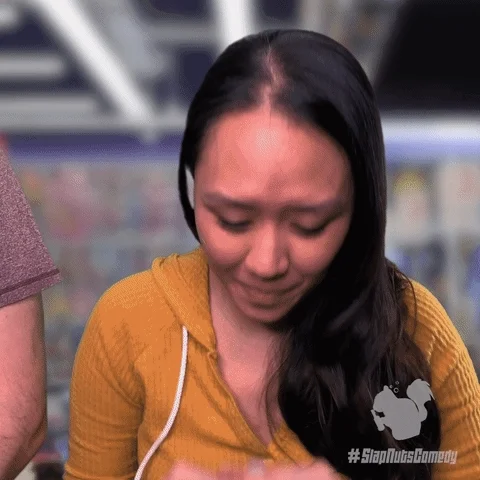
You'll need:
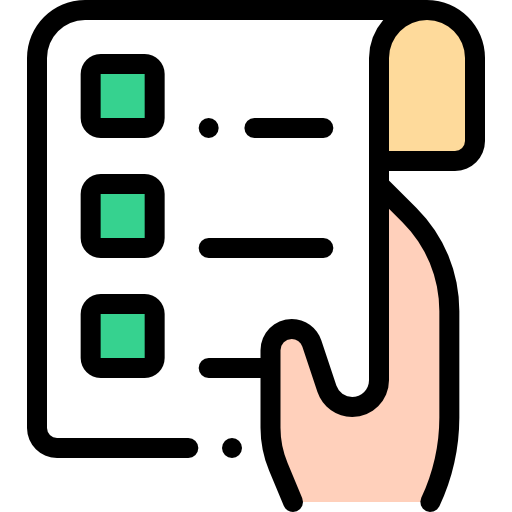
1 empty & rinsed soda bottle (or any bottle with a small neck)
1 balloon
Baking soda
Vinegar
Food coloring (optional)
Spoon
Small measuring cup
Funnel
Let's experiment!
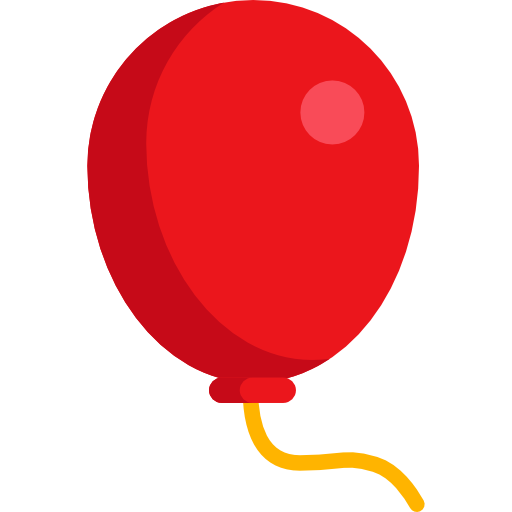
Insert the funnel into the mouth of the balloon.
Add a small amount of baking soda to the balloon.
Add a small amount of vinegar to the empty bottle.
Add a small amount of food coloring to the vinegar for a colorful effect (optional).
Stretch the mouth of the balloon around the neck of the bottle. Take care to not let any baking soda fall into the vinegar!
Hold up the balloon, letting the baking soda mix with the vinegar. Watch as your balloon expands!
Catch the action of this experiment in the video below!
What will the kids learn?
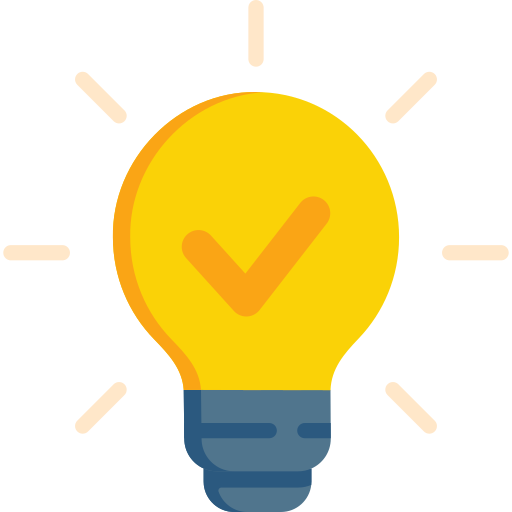 They'll learn what the states of matter are and how certain solids and liquids change into gas when mixed.
They'll learn what the states of matter are and how certain solids and liquids change into gas when mixed.
Quiz
What do you think will happen if more baking soda and vinegar is added?
4. Baking Soda Art
Did you know that baking soda and vinegar can create beautiful art projects?
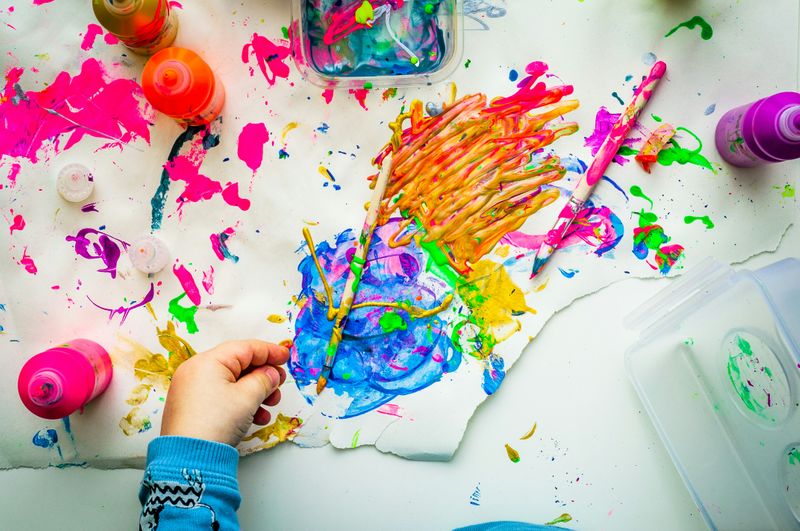 Photo by Dragos Gontariu on Unsplash
Photo by Dragos Gontariu on UnsplashYou'll need:

Baking soda
Cups
Cardstock or watercolor paper
Art tray or baking sheet with sides (for less mess and easy clean up)
Liquid watercolors or food coloring
Paintbrushes
Pipettes or a turkey baster or a medicine dropper
Vinegar
Small whisk or spoon
Let's experiment!
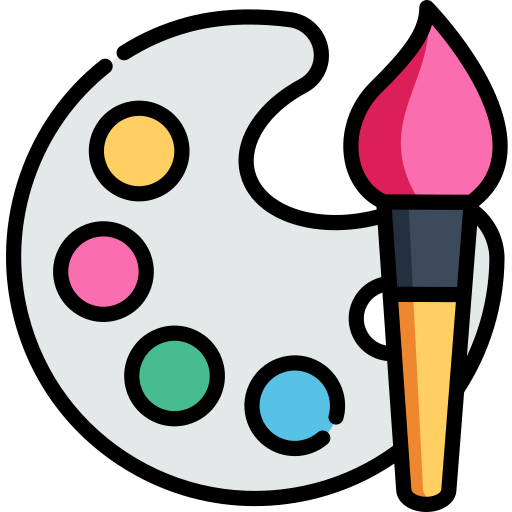
Add a small amount of baking soda, liquid watercolor (or food coloring), and water in the cups (use as many as you like for your desired colors).
Place a sheet of cardstock or watercolor paper in the art tray or baking sheet.
Use paintbrushes to create pictures on the paper.
After the design is finished, drip vinegar onto the paper using a pipette or other tool.
Watch as the paint bubbles and fizzes!
What will the kids learn?
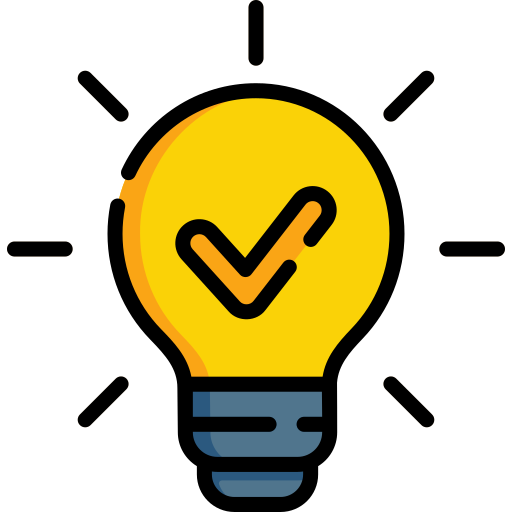 They'll identify primary and secondary colors and use critical thinking skills by making predictions about what happens when certain colors are mixed.
They'll identify primary and secondary colors and use critical thinking skills by making predictions about what happens when certain colors are mixed.
5. Hidden Treasure
Uncover hidden treasures with this fun experiment!
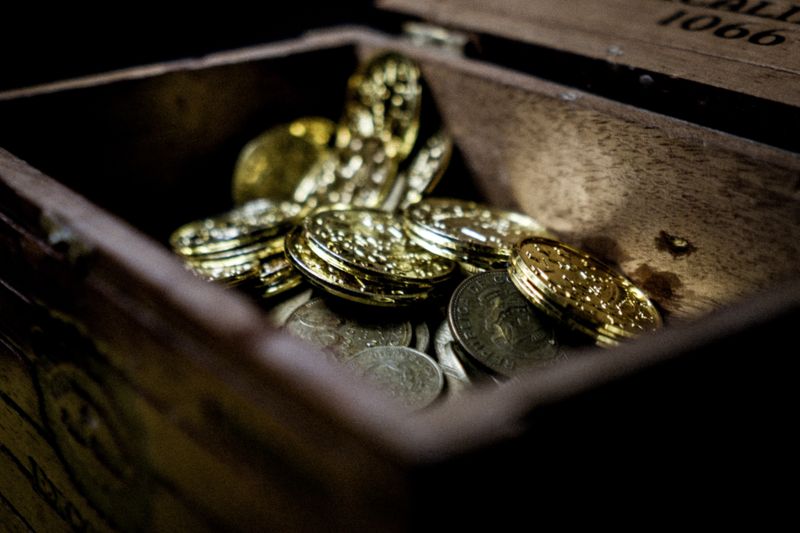 Photo by Bjorn Pierre on Unsplash
Photo by Bjorn Pierre on UnsplashYou'll need:
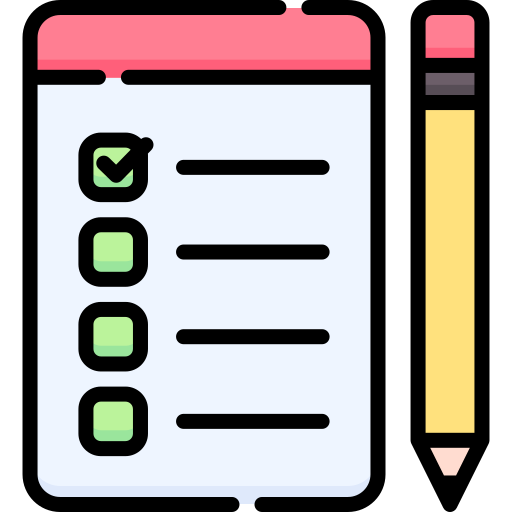
Baking soda (at least 473 ml or 3 cups)
Water (amount will vary, depending on how much baking soda you use)
Food coloring
Small miscellaneous objects/treasures
Bowls and spoons
Bath bomb molds or other fun-shaped molds (optional)
Let's experiment!

Add 473 ml-710 ml (2-3 cups) of baking soda and food coloring to each bowl (use 1 bowl for each color you want).
Add water to the mix SLOWLY until you get the thickness you want. The mix needs to be damp but moldable. Don't make it too wet!
Press the mixture into balls (or into the molds). Place your treasure in the middle. Pack it tightly!
Let it sit for at least 24 hours (or put it in the freezer) so it can dry and harden.
Once they're dry, place them into a bowl of vinegar to discover the treasure inside!
Here's how to mold and hide your treasure!
What will the kids learn?
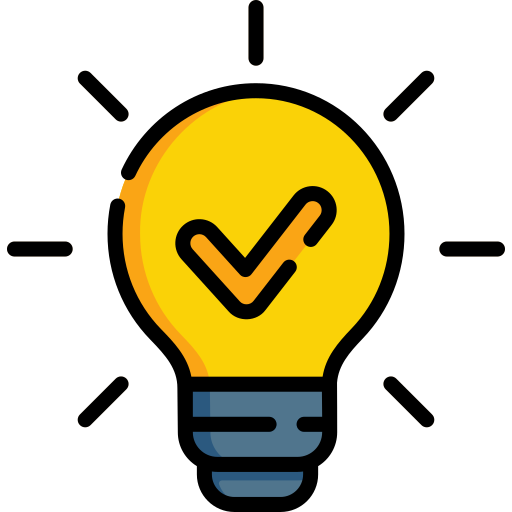 They'll learn to describe objects using their senses. They'll use sight as they add the ingredients, touch as they mold the balls, and hear as they listen to the fizz when the balls are added to the vinegar.
They'll learn to describe objects using their senses. They'll use sight as they add the ingredients, touch as they mold the balls, and hear as they listen to the fizz when the balls are added to the vinegar.
Take Action
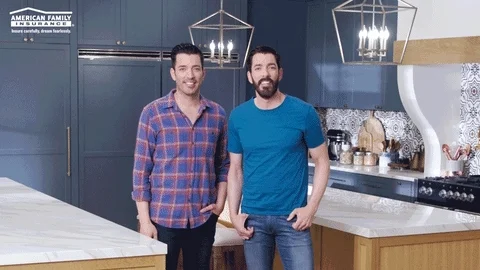
Your feedback matters to us.
This Byte helped me better understand the topic.
